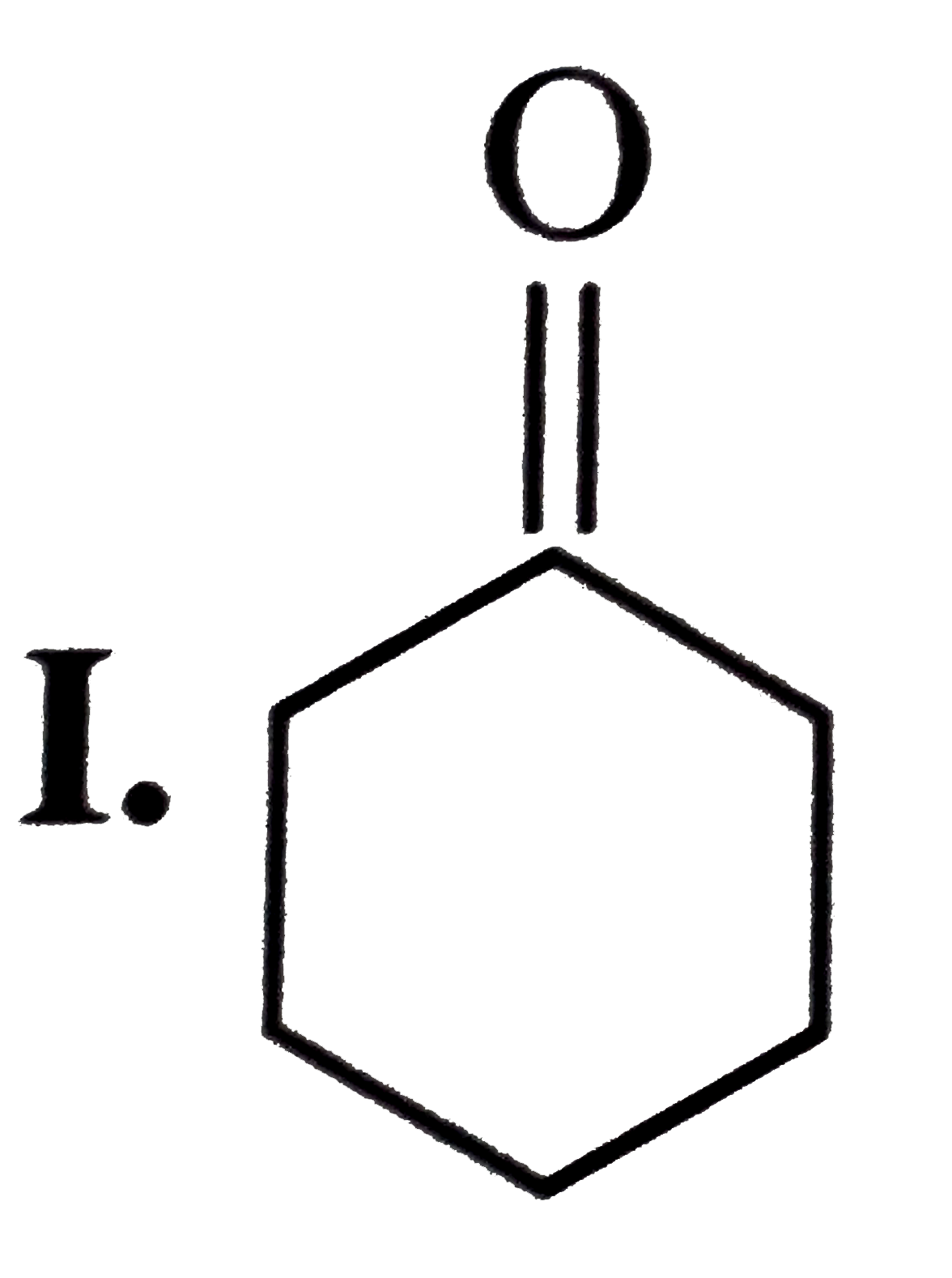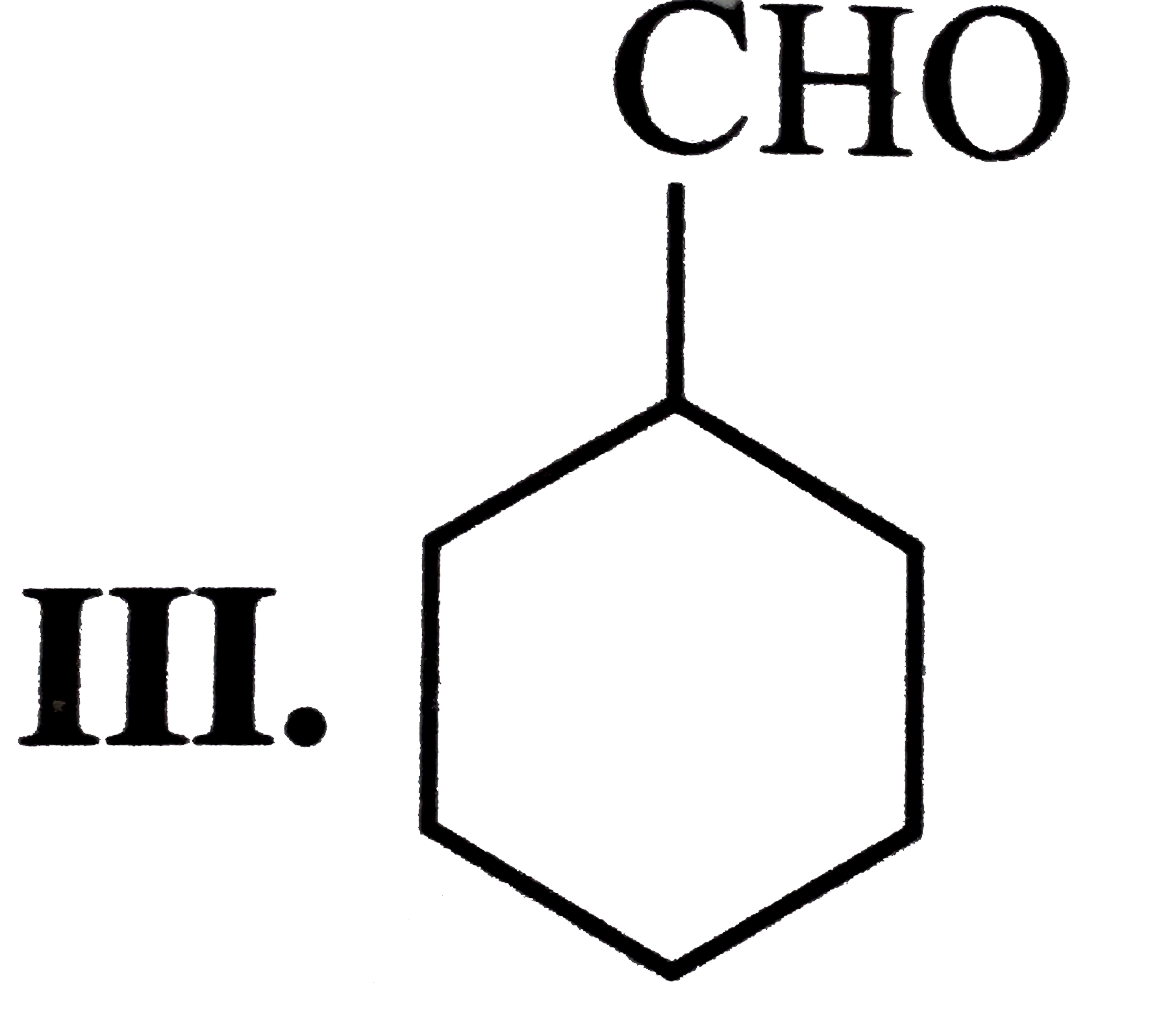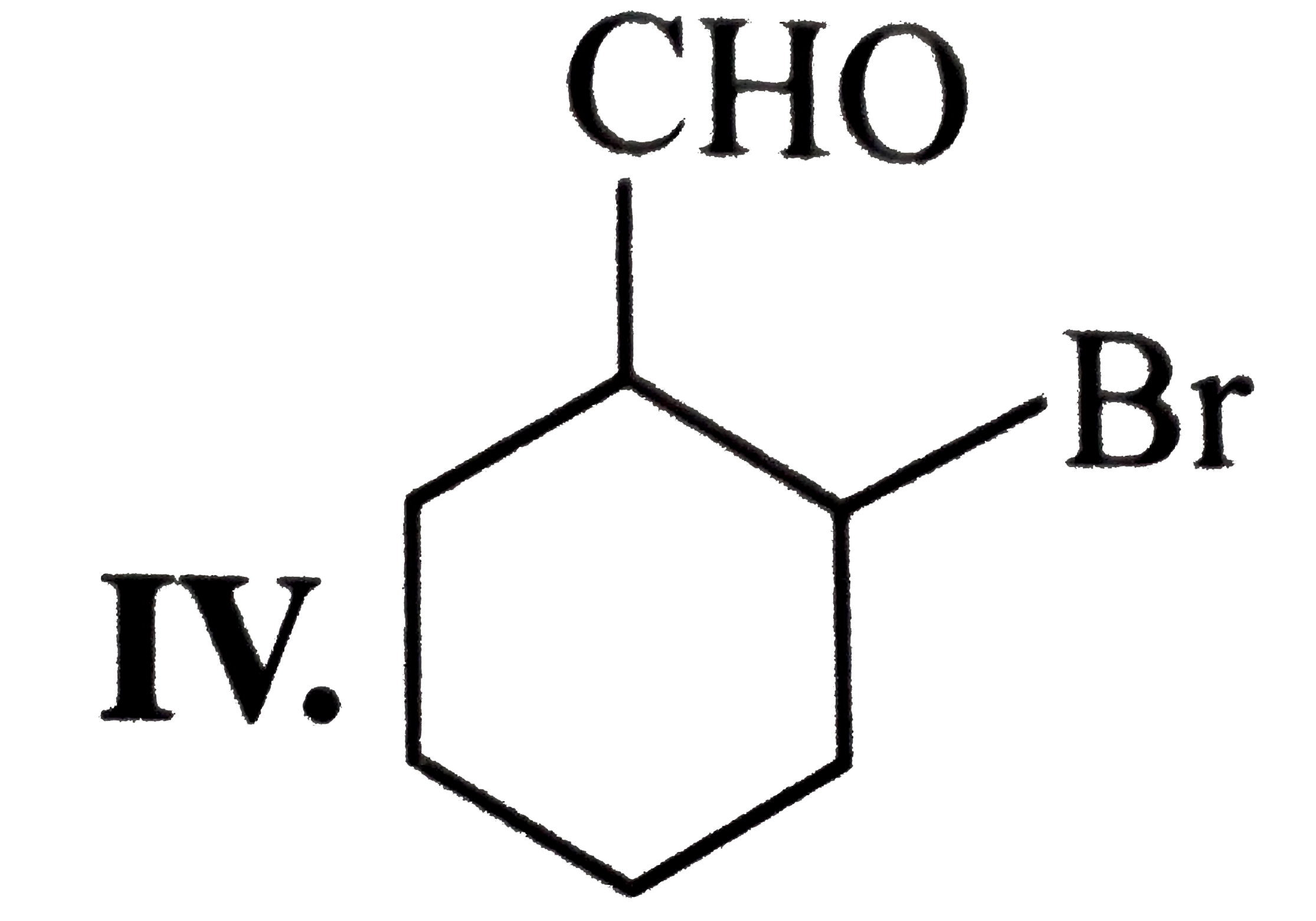(a) How will you convert acetic acid into
(i) acetyl chloride, (ii) acetic anhydride, (iii) ethyl acetate and (iv) acetamide?
(b) With proper reasoning arrange them in decreasing order of their reactivity towards nucleophilic acyl substitution reactions.
To convert acetic acid into the desired compounds, we can follow these steps:
(a) Conversions:
(i) Conversion of Acetic Acid to Acetyl Chloride:
1. Reagents: React acetic acid (CH₃COOH) with thionyl chloride (SOCl₂) or oxalyl chloride (COCl)₂.
2. Reaction:
CH3COOH+SOCl2→CH3C(O)Cl+SO2+HCl
3. Product: Acetyl chloride (CH₃C(O)Cl) is formed.
(ii) Conversion of Acetic Acid to Acetic Anhydride:
1. Reagents: React acetic acid with acetic anhydride or use a dehydrating agent like phosphorus pentoxide (P₂O₅).
2. Reaction:
2CH3COOHP2O5−−−→(CH3CO)2O+H2O
3. Product: Acetic anhydride ((CH₃CO)₂O) is formed.
(iii) Conversion of Acetic Acid to Ethyl Acetate:
1. Reagents: React acetic acid with ethanol (C₂H₅OH) in the presence of an acid catalyst (like sulfuric acid).
2. Reaction:
CH3COOH+C2H5OHH2SO4−−−−→CH3COOC2H5+H2O
3. Product: Ethyl acetate (CH₃COOC₂H₅) is formed.
(iv) Conversion of Acetic Acid to Acetamide:
1. Reagents: React acetic acid with ammonia (NH₃) or ammonium chloride (NH₄Cl) in the presence of a dehydrating agent.
2. Reaction:
CH3COOH+NH3→CH3C(O)NH2+H2O
3. Product: Acetamide (CH₃C(O)NH₂) is formed.
(b) Reactivity towards Nucleophilic Acyl Substitution:
To arrange the compounds in decreasing order of their reactivity towards nucleophilic acyl substitution, we consider the electrophilicity of the carbonyl carbon:
1. Acetyl Chloride (most reactive): The presence of the chlorine atom, which is a good leaving group, makes it highly reactive.
2. Acetic Anhydride: It has two carbonyl groups, making it more reactive than esters and amides.
3. Ethyl Acetate: The ester group is less reactive than anhydrides and acyl chlorides due to the presence of the ethyl group which is less electron-withdrawing than chlorine.
4. Acetamide (least reactive): The amide group has a nitrogen atom that donates electron density to the carbonyl carbon, making it less electrophilic and thus less reactive.
Final Order:
1. Acetyl Chloride
2. Acetic Anhydride
3. Ethyl Acetate
4. Acetamide
1. Reagents: React acetic acid (CH₃COOH) with thionyl chloride (SOCl₂) or oxalyl chloride (COCl)₂.
2. Reaction:
CH3COOH+SOCl2→CH3C(O)Cl+SO2+HCl
3. Product: Acetyl chloride (CH₃C(O)Cl) is formed.
1. Reagents: React acetic acid with acetic anhydride or use a dehydrating agent like phosphorus pentoxide (P₂O₅).
2. Reaction:
2CH3COOHP2O5−−−→(CH3CO)2O+H2O
3. Product: Acetic anhydride ((CH₃CO)₂O) is formed.
1. Reagents: React acetic acid with ethanol (C₂H₅OH) in the presence of an acid catalyst (like sulfuric acid).
2. Reaction:
CH3COOH+C2H5OHH2SO4−−−−→CH3COOC2H5+H2O
3. Product: Ethyl acetate (CH₃COOC₂H₅) is formed.
1. Reagents: React acetic acid with ammonia (NH₃) or ammonium chloride (NH₄Cl) in the presence of a dehydrating agent.
2. Reaction:
CH3COOH+NH3→CH3C(O)NH2+H2O
3. Product: Acetamide (CH₃C(O)NH₂) is formed.
To arrange the compounds in decreasing order of their reactivity towards nucleophilic acyl substitution, we consider the electrophilicity of the carbonyl carbon:
2. Acetic Anhydride: It has two carbonyl groups, making it more reactive than esters and amides.
3. Ethyl Acetate: The ester group is less reactive than anhydrides and acyl chlorides due to the presence of the ethyl group which is less electron-withdrawing than chlorine.
4. Acetamide (least reactive): The amide group has a nitrogen atom that donates electron density to the carbonyl carbon, making it less electrophilic and thus less reactive.
1. Acetyl Chloride
2. Acetic Anhydride
3. Ethyl Acetate
4. Acetamide
Topper's Solved these Questions
- ALDEHYDES, KETONES AND CARBOXYLIC ACIDS BOOK - PRADEEPCHAPTER - ALDEHYDES, KETONES AND CARBOXYLIC ACIDS EXERCISE - COMPETITION FOCUS JEE (MAIN AND ADVANCED)/MEDICAL ENTRANCE SPECIEAL (ASSERTION-REASON TYPE QUESTIONS) Type - II
14 Videos
- ALCOHOLS, PHENOLS AND ETHERSBOOK - PRADEEPCHAPTER - ALCOHOLS, PHENOLS AND ETHERSEXERCISE - IMPORTANT QUESTIONS FOR BOARD EXAMINATIONS.
29 Videos
- APPENDIXBOOK - PRADEEPCHAPTER - APPENDIXEXERCISE - MODEL TEST PAPER <br> (Section C )
15 Videos
Similar Questions
Knowledge Check
Arrange acetyl chloride (I), ethyl acetate (II), acetamide (III) and acetic anhydride (IV) in order of reactivity towards nucleophilic acyl substritution -
AI gt IV gt II gt IIIBI gt II gt III gt IVCIII gt II gt IV gt IDIV gt III gt II gt IWhat will be the correct order of the reactivity of the compounds (I) MeBr (II) PhCH2Br (III) MeCl towards nucleophilic substitution reactions?
A(I)>(II)>(III)B(III)>(I)>(II)C(II)>(I)>(III)D(I)>(III)>(IV)Give the decreasing order of the following in the extent of hydration or towards NA (nucleophilic addition) reaction.
I. , II.
, II. 
III. , IV.
, IV.  A(IV)>(III)>(II)>(I)B(I)>(II)>(III)>(IV)C(IV)>(II)>(III)>(I)D(I)>(III)>(II)>(IV)
A(IV)>(III)>(II)>(I)B(I)>(II)>(III)>(IV)C(IV)>(II)>(III)>(I)D(I)>(III)>(II)>(IV)
How will your convert:
(i) Acetic acid to methane
(ii) Benzoic acid to benzaldehyde.
View Solution(i) Convert acetic acid to formic acid
(ii) Discuss esterification reaction.
View Solution(i) How will you prepare (a) acetic anhydride and (b) acetyl chloride from CH3COOH ? Write the equation involved in each case.
View SolutionHow will you convert?
(i). Methyl bromide to acetic acid
(ii). Methyl bromide to ethyl bromide.
(iii). 1-Bromoopropane to 2-bromopropane?
View SolutionIn Chlorobenzene(I),2,4-dinitrochlorobenzene(II),p- nitrochlorobenzene(III)
The decreasing order of reactivity towards electrophliic substitution reaction is
View Solution